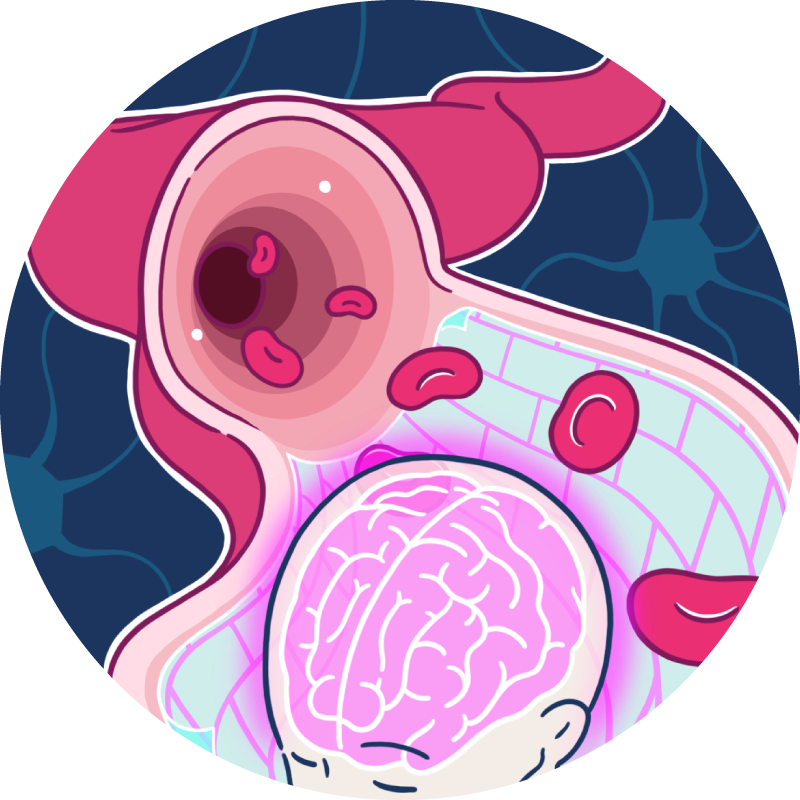
Overview
In the “IoB Minimally Invasive Technology” project, we aim to solve different social problems by pioneering the dissemination of BMI technology. To achieve this aim, we will develop innovative technologies beyond the existing measurement techniques currently being researched.
Here, we will develop a new type of minimally invasive BMI technology which is different from the invasive BMI technology requiring surgical procedures and more efficient than the non-invasive technology capturing information from the body surface. This technology will have both higher efficiency and safety hard to achieve in existing counterparts.
Through these efforts, we aim to provide the most appropriate technology suited to the user’s needs and their applications and purposes by the seamless utilization of all the technologies covered by the IoB.
Member
-
SEKITANI Tsuyoshi,Ph.D.
Professor, University of Osaka
In this research, we will develop an “extremely minimally invasive BMI system” utilizing flexible and stretchable electronics technology that features flexibility. We will establish a brain measurement technology that allows long-term, minimally invasive access to extremely soft cranial nerve cells and human epidermis, and contribute to the medical treatment of central nervous system and brain-related diseases. Through collaboration within a project that brings together a diverse group of researchers, we will realize this truly socially beneficial BMI.
- IoB Minimally Invasive
-
GRAYDEN David,Ph.D.
Professor and Clifford Chair of Neural Engineering, Department of Biomedical Engineering, The University of Melbourne Graeme Clark Institute, The University of Melbourne
In this research project, we will investigate how visual information is decoded in the brain using different types of intracranial EEG systems. Specifically, we will use electrodes placed on the surface of the brain as well as within the blood vessels of the brain, called endovascular electrodes, to record how the brain responds to different types of visual scenes. We will also develop and evaluate evaluate machine learning algorithms that improve the accuracy and long-term reliability of brain-computer interfaces (BCIs). BCIs enable people to control external devices, such as a computer or vehicle, using brain signals recorded by electrodes placed on or in the head.
- IoB Minimally Invasive
-
NAKAMURA Hajime,M.D.-Ph.D.
Associate Professor, Department of Neurosurgery, The University of Osaka Graduate School of Medicine
In this research, we will develop an “extremely minimally invasive BMI system” that can directly acquire EEG information while minimizing the burden on patients, by consolidating the anatomical knowledge and medical techniques developed in neurosurgical practice. If this system was established, EEG information can be acquired with high accuracy over a long period of time without invasive surgical procedures, and we believe it will improve the quality of life of patients who are unable to express their will and behavior as they wish due to illness or trauma.
- IoB Minimally Invasive
-
UEMURA Takafumi,Ph.D.
Professor, SANKEN, The University of Osaka
In this study, we will develop fundamental technology for wearable chemical sensors to measure biologically derived ions and molecules over a long period. We aim to quantitatively measure ions and various molecules in blood secreted by human physiological reactions, or metabolites in the body. By realizing the measurement of chemical components in addition to electroencephalogram measurements, we aim to achieve an enhanced level of physical, cognitive, and perceptual capabilities.
- IoB Minimally Invasive
Related Links
[Research Article] IoB Talk: The Cutting Edge of “Minimally Invasive BMIs” – A Fusion of Medicine, Technology, and Information
[Event Report] We Exhibited at the Neuro2024 Exhibition Booth
[Research Article] Measuring from the Inside of the Body with a Soft EEG Device: High-Precision Measurement Using Intravascular EEG with Minimal Physical Burden
